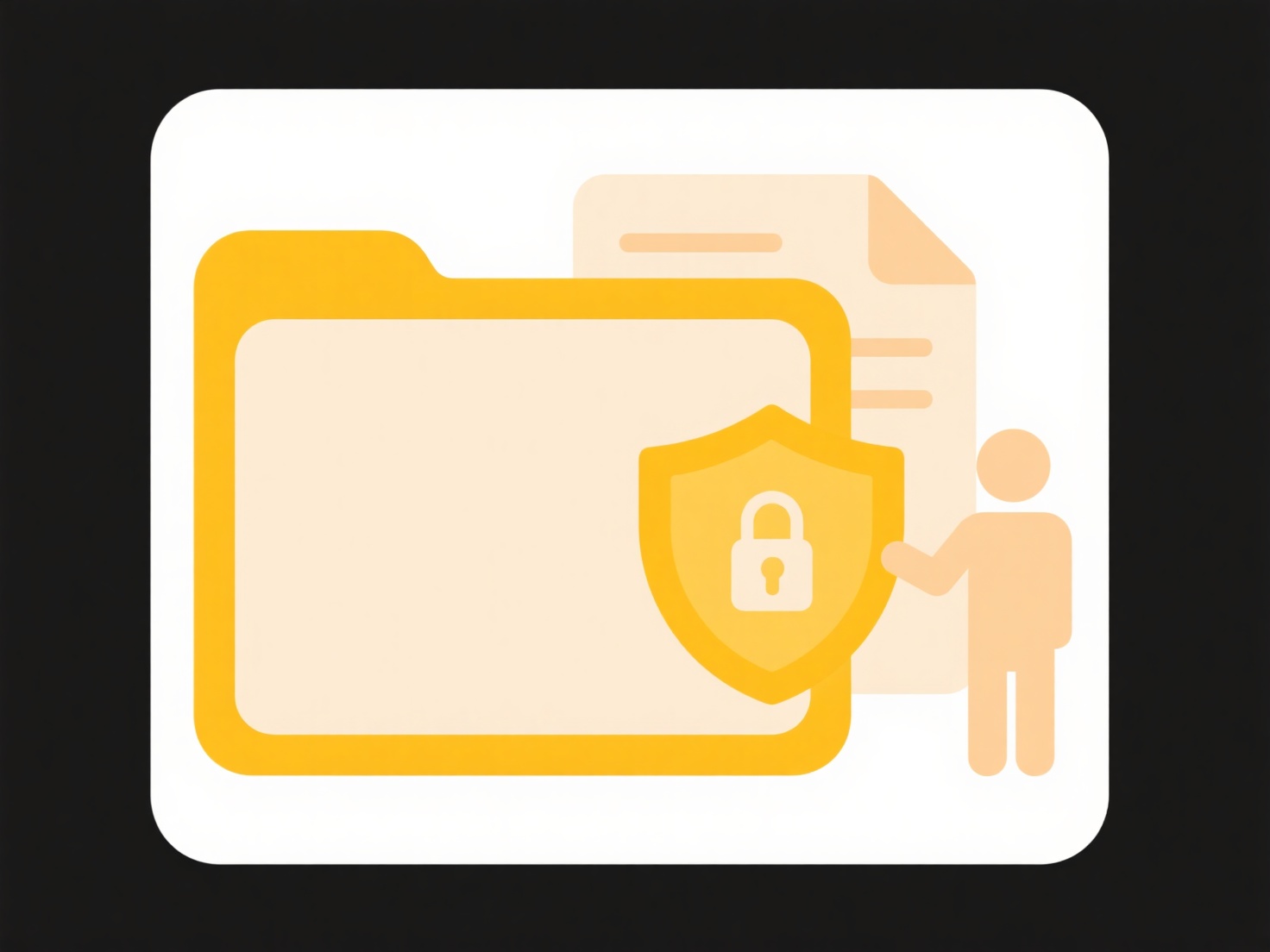
Automatically renaming screenshots refers to the ability of software to save new screenshot files with a predefined or dynamically generated filename, instead of the generic names like "Screenshot (1).png" assigned by your operating system. This is achieved by configuring settings within screenshot tools or using dedicated renaming utilities that apply rules such as including timestamps, application names, project identifiers, or sequential numbers at the moment the screenshot is captured. This differs from manual renaming where you change the filename yourself after taking the picture.

For instance, the built-in screenshot tool on macOS can be configured via terminal commands to use names like "Screenshot_2024-06-12_at_14.30.00.png". Third-party applications like ShareX (Windows) or Renamer (macOS) offer extensive automated naming rules, allowing users saving gameplay captures to get names like "GameX_BossFight_003.png" or those taking reference images for design work to have filenames automatically including the client or project code.
The primary advantage is vastly improved organization and searchability, saving significant time in workflows involving many screenshots, common in QA testing, documentation, or design. Limitations include potential confusion if rules aren't carefully designed and reliance on the tool correctly capturing context like the active window. Future developments often focus on better integrating AI to suggest meaningful names based on content, though this raises considerations about the AI accessing potentially sensitive screen information.
Can I rename screenshots automatically?
Automatically renaming screenshots refers to the ability of software to save new screenshot files with a predefined or dynamically generated filename, instead of the generic names like "Screenshot (1).png" assigned by your operating system. This is achieved by configuring settings within screenshot tools or using dedicated renaming utilities that apply rules such as including timestamps, application names, project identifiers, or sequential numbers at the moment the screenshot is captured. This differs from manual renaming where you change the filename yourself after taking the picture.

For instance, the built-in screenshot tool on macOS can be configured via terminal commands to use names like "Screenshot_2024-06-12_at_14.30.00.png". Third-party applications like ShareX (Windows) or Renamer (macOS) offer extensive automated naming rules, allowing users saving gameplay captures to get names like "GameX_BossFight_003.png" or those taking reference images for design work to have filenames automatically including the client or project code.
The primary advantage is vastly improved organization and searchability, saving significant time in workflows involving many screenshots, common in QA testing, documentation, or design. Limitations include potential confusion if rules aren't carefully designed and reliance on the tool correctly capturing context like the active window. Future developments often focus on better integrating AI to suggest meaningful names based on content, though this raises considerations about the AI accessing potentially sensitive screen information.
Quick Article Links
What is a .json file used for?
A JSON file stores structured data using plain text formatted with JavaScript Object Notation. It organizes information ...
Can I schedule automatic exports?
Scheduled automatic exports let users configure recurring data exports without manual intervention. Instead of requiring...
How do I classify confidential folders?
Classifying confidential folders involves systematically categorizing files and directories based on the sensitivity and...